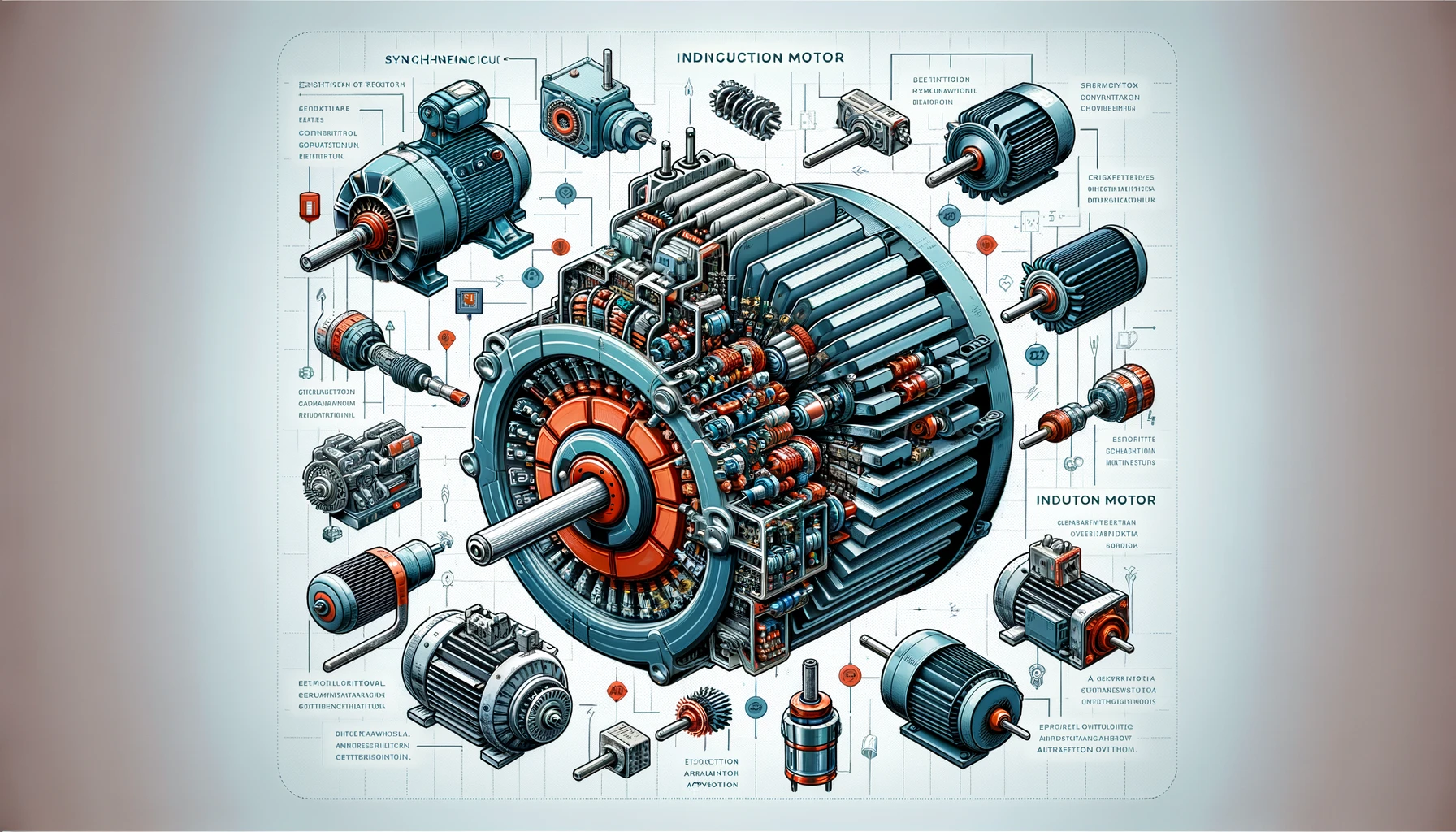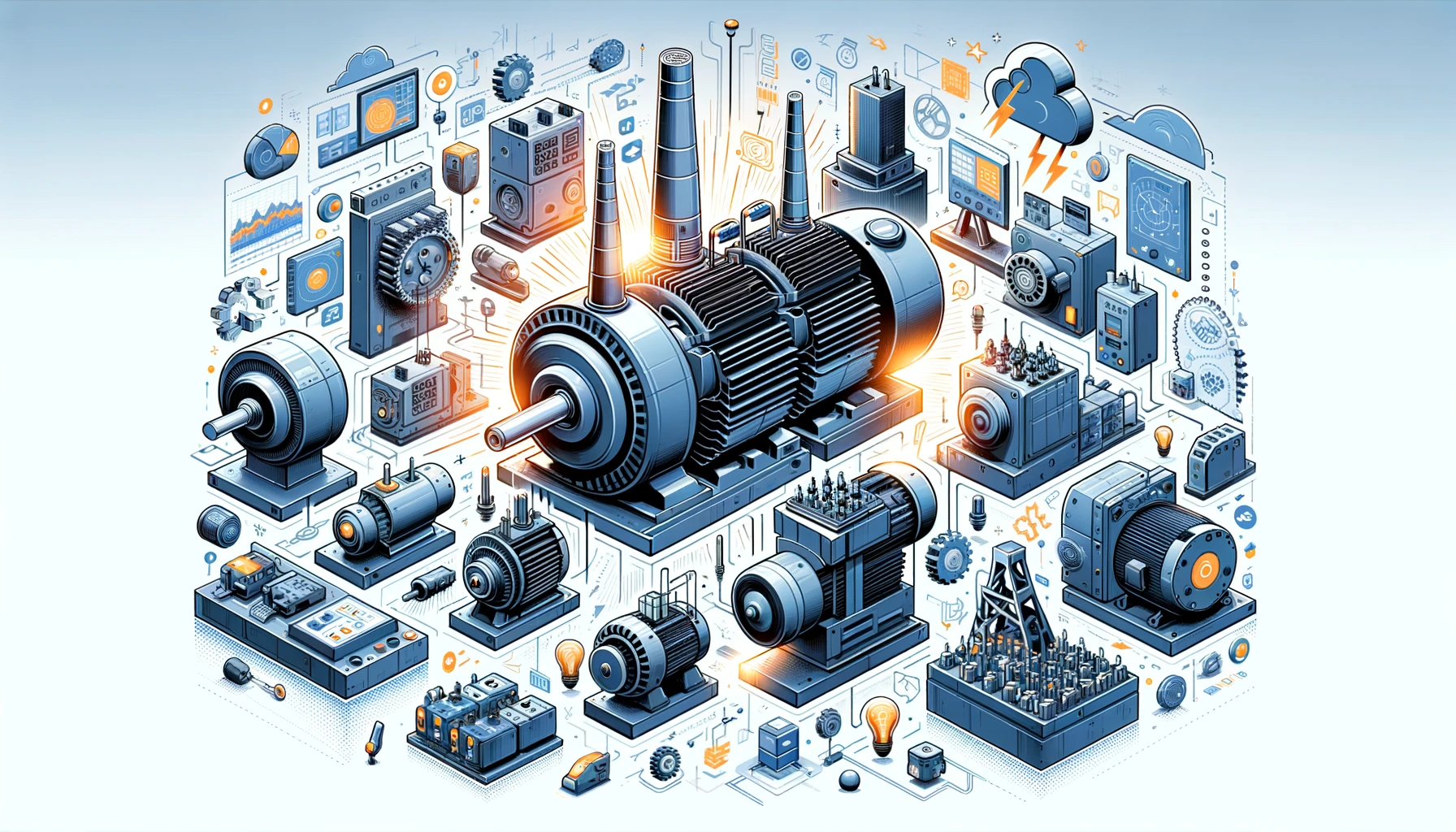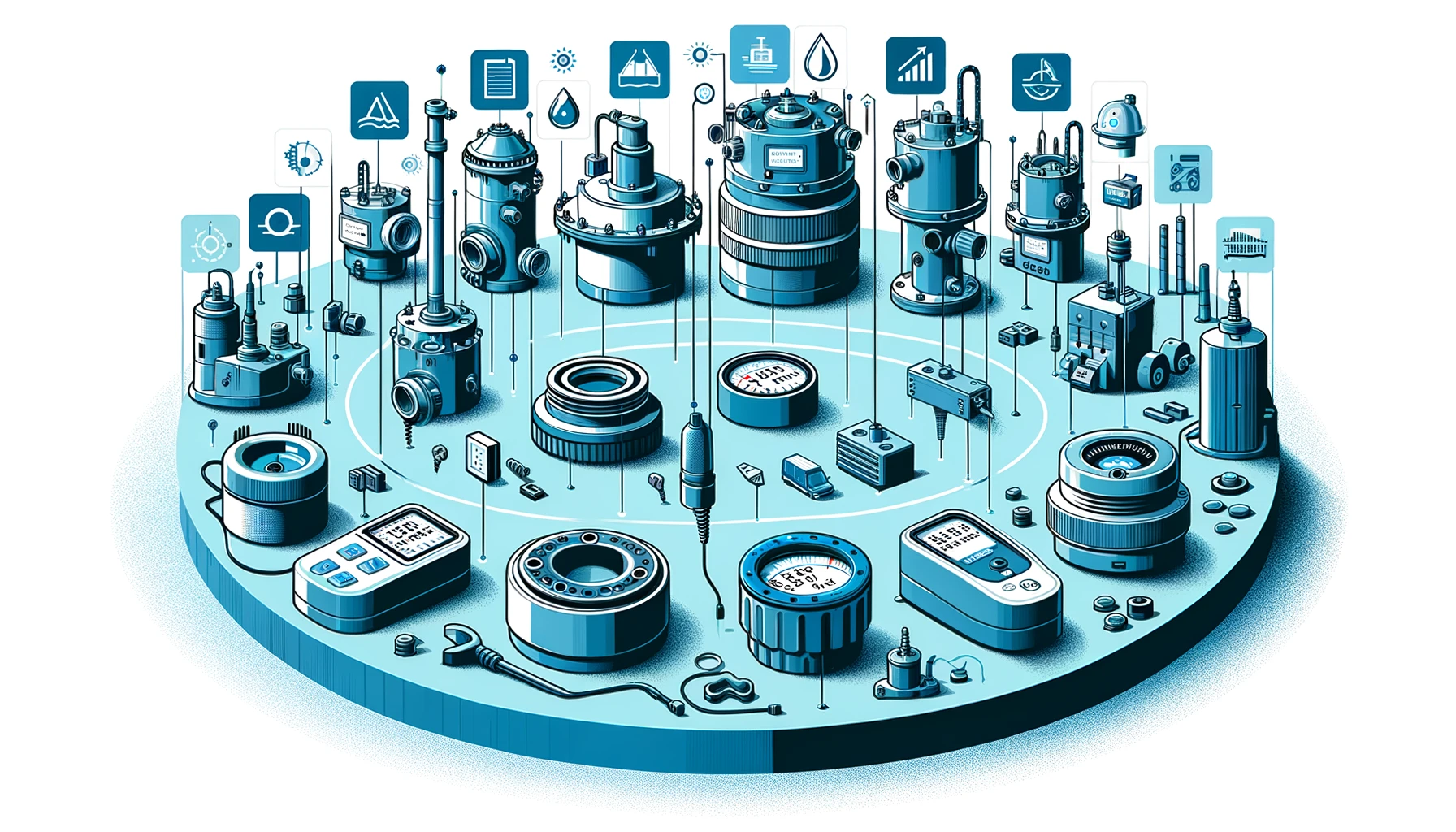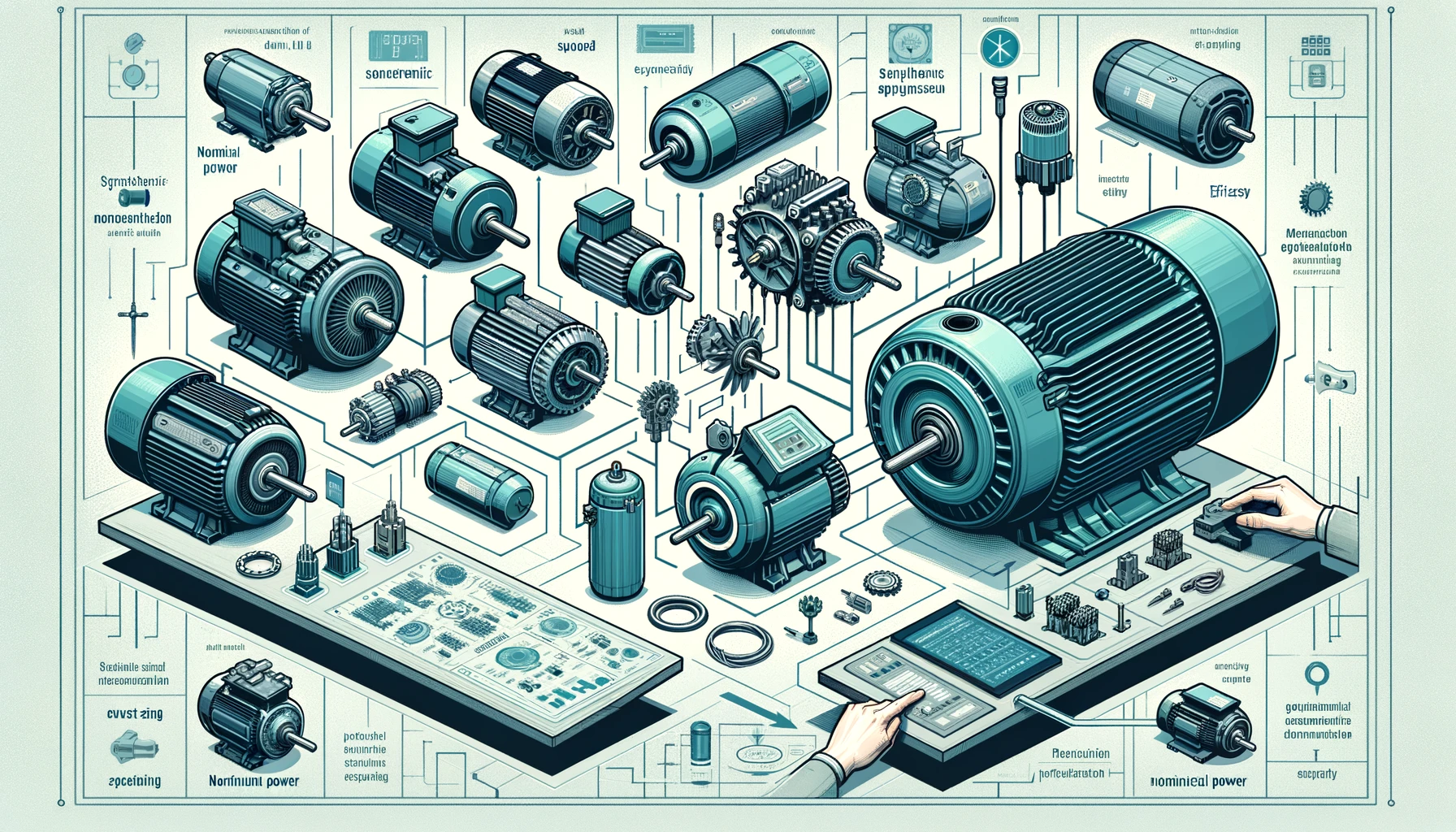ERROR 404

Pioneering the Future with Schneider Electric’s Innovative Energy Solutions
Pursuing a Master’s degree in Energy Management at the University of Texas at Dallas, I embarked on an invigorating journey with Schneider Electric, serving as a pivotal experience during my role as a Microgrid Partner Development Intern. This chapter was not merely an academic interval but a pivotal phase in my career development, filled with groundbreaking energy solution projects.
Microgrid Development: Paving the Way for Sustainable Energy with Schneider Electric
Leading the charge in energy efficiency and environmental stewardship, microgrids represent Schneider Electric’s dedication to renewable energy advancement. These standalone or grid-linked energy systems exemplify Schneider Electric’s expertise in efficient energy consumption and brilliant energy resource management.
A Deep Dive into Schneider Electric’s Sustainable Energy Division
My internship was a deep dive into the core of Schneider Electric’s commitment to sustainable energy. Engaging with industry leaders on market trends and networking for microgrid funding opportunities felt like charting new territories in the sustainable energy landscape. I contributed to Schneider Electric’s growth by seeking federal support for microgrids, further strengthening the company’s foothold in the sector of renewable energy advancements.
Cultivating a Knowledge Base for Schneider Electric’s Path to Innovation
I took on the role of both learner and mentor, educating teams on Schneider Electric’s pioneering strategies while expanding our vision for the company’s future. Keeping abreast with groundbreaking energy and power developments was crucial to our collective progress.
A Season of Growth and Learning with Schneider Electric
My summer internship transitioned seamlessly into the fall, mirroring the dynamic growth of the energy industry. With each day, my understanding deepened about Schneider Electric’s integral role in fostering energy innovation and sustainable practices.
Embracing Diversity and Innovation at Schneider Electric
The diverse and inclusive culture at Schneider Electric was a cornerstone of my learning experience. It underscored the significance of embracing diverse perspectives for a thriving future in sustainable energy and cultivating an ethos of innovation across the company.
Final Reflections on a Transformative Internship
My time at Schneider Electric was not just educational but life-altering, providing me with invaluable insights into Schneider Electric’s strategies for a sustainable energy ecosystem. This internship was a career-defining period, offering me a comprehensive perspective on how Schneider Electric seamlessly integrates sustainable practices in its quest to energize a brighter future.

Understanding the Differences Between AC Synchronous and AC Induction Motors for Technical Projects
AC motors serve as a cornerstone in the realm of mechanical engineering, converting alternating current into the kinetic energy required for a multitude of devices. The primary classifications of AC motors are the Synchronous and Induction types, each with distinct mechanical functions and operational specifics.
Detailing AC Synchronous Motors
AC Synchronous Motors synchronize their rotation speed with the electrical supply’s frequency, ensuring consistent motion output. They employ a Salient Pole Rotor energized by direct current through slip rings or alternatively by permanent magnets. However, they require additional mechanisms to overcome initial inertia and begin movement.
Diving Into AC Induction Motors
Commonly referred to as asynchronous motors, these devices operate on the principle of electromagnetic induction, available in diverse configurations such as single or multiple phases. They initiate movement by producing a rotating magnetic influence in the stator that inductively prompts movement in the rotor, with the rotor’s speed dynamically adjusting to the applied load.
Motor Comparison: Synchronous Versus Induction
AC Synchronous Motors require supplemental excitation and are ideal for tasks requiring a fixed rotational speed. Conversely, AC Induction Motors are self-activating and adapt their performance to varying load demands, offering operational flexibility.
Classification of Motor Types, Features, and Adaptability
Choosing between the squirrel cage or wound rotor types in induction motors influences their response and adaptability to different operational conditions. Synchronous motors are synonymous with precision in applications demanding stringent speed regulation, in contrast to the robust and adaptable induction motors.
Considerations for Application and Industrial Use
The robust nature of induction motors makes them suitable for a broad spectrum of industrial applications, from large-scale machinery to domestic devices, while synchronous motors are typically reserved for specialized applications where exact timing is crucial.
Deciding on the Most Suitable Motor for Specific Applications
An in-depth assessment of factors such as efficiency, design complexity, and cost-effectiveness is vital to determine the most appropriate motor type for your project, ensuring efficiency and compliance with project criteria.
Comparative Analysis
Power Delivery Systems:
- Synchronous motors utilize dual excitation systems, employing AC for the armature coils and DC for the field coils.
- Induction motors rely exclusively on AC power for energizing their stator coils.
Excitation Methods:
- Synchronous machines are classified as double excited due to their separate armature and field power sources.
- Induction machines require only a single power source for excitation, simplifying their design.
Speed Dynamics:
- Synchronous machines adhere to a fixed speed, known as synchronous speed, regardless of load variations.
- The velocity of induction machines diminishes when under load, never reaching synchronous speed.
Initiation Process:
- Synchronous machines necessitate auxiliary methods for initiating rotation until they achieve synchronization at synchronous speed.
- Induction machines are equipped with inherent torque, enabling self-starting capabilities.
Functional Behavior:
- Synchronous machines can function with both leading and lagging power factors, adjustable through field excitation modifications.
- Induction machines generally work with a lagging power factor, which may deteriorate under increased load conditions.
Applications:
- Synchronous machines serve dual purposes: for reactive power management (power factor correction) and as a motive force for mechanical systems.
- Induction machines are predominantly utilized for converting electrical energy into mechanical energy.
Energy Efficiency:
- Synchronous machines typically exhibit higher efficiency than their induction counterparts for the same power output and voltage level.
- Induction machines, while efficient, tend to lag behind synchronous machines in energy efficiency at comparable outputs and voltages.
Design Complexity and Economic Factors:
- Synchronous machines are characterized by intricate designs and higher manufacturing costs.
- Induction machines, particularly those with cage rotor designs, boast simpler configurations and are more economically viable.
Deciphering these key points is essential for the informed selection of a motor, tailored to specific operational efficiency, functional demands, and budgetary constraints.

Harnessing high efficiency and energy savings in industrial settings, especially those involving induction motors, necessitates the integration of advanced frequency converter systems. Modern frequency converters, essential in the realm of electrical frequency converters, are adept at feeding AC motors with controlled power. Despite their widespread utility and ease of installation, one critical challenge associated with these systems is their non-sinusoidal output voltage. This has led to increased motor losses, excessive noise, vibrations, and negative impacts on both the insulation system and motor bearings.
Introduction to Frequency Converter Technology
Adapting induction motors to variable speeds poses a significant challenge. The synchronous speed of an AC motor, as defined by the formula ns = 120 * f / p, hinges on the power grid frequency and the pole number. To modify motor speed for a specific pole number, altering the frequency is key, underlining the importance of understanding the frequency converter working principle.
The Core Principle and Diversity of Frequency Converters
The basic mechanism of a frequency converter involves first rectifying AC power into DC, and then inverting this DC back into AC at the desired frequency. This involves several components – the rectifier, the DC-link, and the inverter.
PWM Voltage Source Inverter (VSI): Predominantly used in the frequency converter industry, this type operates on Pulse Width Modulation and is adaptable for a wide range of powers, from several hundred watts to megawatts. Modern PWM converters typically utilize Insulated Gate Bipolar Transistors (IGBTs).
Current Source Inverter (CSI): A simpler, cost-effective design compared to PWM. It employs thyristors or SCRs, making it more affordable and rugged. Its design ensures short-circuit proofing, due to large inductors in the DC link. However, its requirement to match the load makes it less flexible than PWM.
Flux Vector Control (FVC): This sophisticated frequency converter type is used in applications requiring precise control. FVC converters are equipped with feedback loops, though they are generally more expensive.
The Influence on Motors and Addressing the Issues
Connecting an induction motor to a frequency converter alters its power supply to a non-sinusoidal voltage. This can lead to several issues, including rotor losses and additional heating. Advances in power semiconductors and microprocessors have helped in tailoring switching patterns to mitigate these disadvantages.
Considering Frequency Converter Repair and Application
Regular maintenance and prompt frequency converter repair are crucial for long-term functionality and safety. Ensuring that the frequency converter is correctly specified for its application, whether it’s a power frequency converter, an electronic frequency converter, or a mains frequency converter, is vital to prevent potential operational hazards.
Selecting the Appropriate Frequency Converter
Choosing the right frequency converter involves multiple considerations. Understanding the material that the sensor will be in contact with, the operational environment, and the specific requirements of the application, such as whether a voltage to frequency converter or frequency to frequency converter is needed, is essential.
Conclusion: Effective Integration of Frequency Converters
Integrating a frequency converter into an industrial operation requires thorough consideration of various factors, including the impact on motor insulation and bearing life. Decisions on the use of frequency converters, taking into account their working principle and application, must be made carefully to ensure optimal performance and safety.

In the complex and nuanced realm of industrial equipment, choosing the right level sensor for specific functions is a task that cannot be understated. Selecting a suitable level sensor, whether capacitive, ultrasonic, or any other variant, is pivotal for maintaining optimal operational efficiency. This guide delves into the intricate process of selection and the foundational principles behind various level sensor types, such as level probes, indicators, and transmitters, all crucial for precision measurement tasks.
Application Considerations
To select the right level sensor, one must comprehend the application’s demands. The sensor’s role can vary from simple monitoring to integral parts of sophisticated control systems. Calibration to match specific needs, like that required for a Pepperl+Fuchs ultrasonic sensor, is paramount.
Design Considerations and Compatibility
One must assess the compatibility of the sensor with the material being measured and the environmental conditions it will face. Additionally, one should consider the sensor’s placement and the pressures it will withstand.
Choosing the Right Sensor Type
Deciding on the sensor type involves comparing different designs, such as mechanical float or electromechanical sensors, against the tasks they’ll perform. The working principles of level indicators and level probe sensors are vital in this decision-making process.
Sensor Durability and Performance
A robust understanding of the sensor’s principles, such as those governing ultrasonic level transmitters, is essential. It’s important to select sensors recognized for enduring performance in industrial settings.
Integrating with Systems and Ensuring Accurate Readouts
Ensuring sensor compatibility with system accessories is crucial. This may involve integrating ultrasonic level sensors or capacitive sensors with the necessary precision equipment for comprehensive functionality.
Evaluating Material Impact and Transmission
Assessing the long-term material impact on sensors is key. The ideal sensor should resist corrosive or abrasive conditions without compromising data transmission or sensor performance.
Concluding Thoughts on Precision Measurement
Every industrial operation requires a level sensor that is dependable, precise, and consistent. Remember, each application has its own set of requirements, and comprehending the working principles of each sensor type, like ultrasonic or capacitive, is critical to making an informed selection.

With the aim of significantly improving the energy efficiency rate in manufacturing, the industry faces a pivotal challenge. As per the German Federal Statistical Office’s data, the consumption of energy in the production of goods remained largely constant from 1995 to 2019. With Germany’s goal to reduce primary energy consumption by half by 2050, enhancing energy efficiency in manufacturing isn’t just a goal, but a necessity.
Understanding Energy Efficiency in Manufacturing
Energy efficiency in manufacturing refers to the effective use of energy in producing goods. To define the term energy efficiency, it involves using less energy to provide the same service or output. The more energy efficient a system or process is, the less energy it requires to perform its function. An ‘A rating’ in energy efficiency signifies top performance in this area.
The Significance of Efficient Energy Systems
Efficient energy systems in manufacturing are crucial for reducing operational costs and minimizing environmental impact. What is meant by the term energy efficiency in this context is the ability of these systems to maximize output while minimizing energy input.
Five Steps to Boost Energy Efficiency
Measuring Utility Consumption for Enhanced Efficiency
Accurate measurement of utility consumption is the first step in improving the energy efficiency rate. This transparency is key to informed decision-making.
Identifying Significant Energy Use (SEU)
Identifying SEUs is about recognizing what is more energy efficient in your operations. This process involves marking the main energy consumers and managing their consumption efficiently.
Defining Critical Operational Parameters
This step involves understanding what influences energy use. It’s about defining parameters that directly impact the energy efficiency rate in your manufacturing processes.
Analyzing Regression for Energy Efficiency Improvement
Regression analysis helps in identifying key metrics that affect energy efficiency. This analysis aligns with the definition of energy efficiency, focusing on optimizing energy use.
Implementing Projects for Efficient Energy Usage
Choosing and implementing projects that contribute to more energy-efficient operations is essential. This approach is integral to maintaining a high energy efficiency rate in manufacturing.
Our Approach to Energy Efficiency
Our strategy emphasizes the importance of understanding and applying the definition of energy efficiency. We advocate for a comprehensive approach, combining data-driven insights with practical implementations to enhance the overall efficiency of energy systems.
By focusing on these key areas, manufacturers can make significant strides towards a more energy-efficient and sustainable future, effectively responding to the pressing demands of the current energy landscape.

Exploring the Latest Industrial Automation Trends for 2024
As we step into 2024, the landscape of industrial automation is rapidly evolving. The Vention team highlights five significant industrial automation trends, reflecting new technology in industrial automation and its impact on global manufacturing practices.
- Navigating Labor Shortages: A Major Challenge in World Industrial Automation
One of the prominent trends in world industrial automation is tackling labor challenges. In 2023, the retirement of Baby Boomers significantly impacted the manufacturing workforce. By 2030, the industry could see 2.1 million unfilled jobs, emphasizing the need for effective solutions.
Automation for Industry: Bridging the Labor Gap
To address this, leaders in automation for industry are turning to innovative strategies. Integrating industrial automation devices and components can alleviate the strain caused by workforce shortages. This integration enables employees to shift to more skilled roles, enhancing productivity and addressing the labor gap.
- Industrial Automation Becoming Essential
Automation has transitioned from a luxury to a necessity. It’s no longer just about products for automation; it’s about embedding automation into every aspect of industrial operations. This shift is creating new job roles and enhancing efficiency across the sector.
- Speed as a Priority in New Technology in Industrial Automation
Speed in implementing new technology in industrial automation is becoming increasingly vital. Manufacturers seek rapid deployment of automation technologies to keep up with dynamic market demands. Innovations like MAP are revolutionizing how quickly automation can be integrated into manufacturing processes.
- DIY Automation and Advanced Manufacturing
The rise of “Do-it-Yourself” automation signifies a shift towards more accessible and adaptable industrial automation trends. Small and medium-sized businesses are increasingly utilizing modular components of industrial automation to tailor solutions to their specific needs.
- AI’s Role in Enhancing Industrial Automation Devices
Artificial Intelligence (AI) is set to redefine the capabilities of industrial automation devices. From autonomous robots to advanced machine learning, AI is enabling more efficient and adaptable manufacturing processes.
Conclusion: Embracing the Future with As Industrial Automation Advances
As industrial automation continues to advance, 2024 is poised to be a year of significant transformation. Embracing these trends will be crucial for manufacturers to stay competitive and harness the full potential of new technologies in industrial automation.

Understanding PLC Selection Criteria in Industrial Settings
Selecting the right Programmable Logic Controller (PLC) is crucial for efficient industrial automation. A well-chosen PLC not only ensures seamless operation but also enhances overall productivity. Here are five fundamental plc selection criteria to consider:
- Power Supply: A Core PLC Selection Tool
When choosing a PLC, the power supply is a primary consideration:
Decide between 120-volt and 240-volt AC, or 24-volt DC.
Consider PLCs that offer flexibility in power supply, a crucial aspect of plc selection criteria.
Ensure the PLC’s power supply module, whether internal or external, meets your system’s requirements.
- Processing Speed: Essential PLC Criteria
The processing speed is a vital plc criterion, impacting how effectively the PLC handles tasks:
Evaluate the number of inputs and outputs controlled by the PLC.
Consider time-sensitive operations and the precision required, key aspects of plc programming applications.
Processing speed directly affects cycle times and the complexity of tasks the PLC can manage.
- Input/Output (I/O) Capacity: Matching PLC Instruments
Assessing the I/O capacity is important for matching PLC instruments to your system’s needs:
Inputs may come from various sensors, switches, or monitors.
Outputs link the PLC to critical components like motors and lights.
Ensure the PLC can handle both digital and analog signals, a pivotal plc selection tool.
- Communication Protocols: PLC Automation Examples
Choosing the right communication method is a testament to effective PLC application:
Ethernet Industrial Protocol offers a versatile option seen in many plc automation examples.
CompoBus 94 and DeviceNet 50 are other protocols that cater to specific industrial automation needs.
- System Footprint: Application of PLC in Automation
The physical scale of your operation can influence your PLC choice:
In compact environments, a broader range of PLCs might be suitable.
For larger or more complex setups, consider PLCs with advanced capabilities, as seen in various applications of plc in industrial automation.
The right PLC can adapt to both local and remote I/O requirements, crucial in the application of plc in automation.

Introduction to Sensor Integration in Automation
Understanding the extensive range of sensors in industrial automation is key to optimizing machine control and system performance. This guide outlines the critical role sensors play across various control applications.
Comprehensive Overview of Automation Sensors
Sensors are a cornerstone in automation systems, serving diverse functionalities from monitoring processes to ensuring safety and enhancing efficiency. Their deployment across industries is pivotal for real-time quality control, anomaly detection, and operational efficiency.
Key Applications and Roles of Sensors in Industry
In the industrial setting, sensors are instrumental in:
- Monitoring operations and safeguarding processes.
- Detecting deviations and ensuring real-time corrective actions.
- Delivering valuable data for strategic decision-making and process optimization.
Optimizing Manufacturing with Specialized Sensors
Factory automation sensors, designed for manufacturing environments, ensure seamless operation and contribute to the precision and efficiency of production lines.
Sensor Utilization Beyond the Production Line
Expanding their scope, industrial sensors also play critical roles in specialized areas such as fluid level monitoring and hazardous material management, offering accuracy and reliability essential for maintaining safety standards.
Tailored Sensor Selection for Precise Applications
Selecting the ideal sensor requires a detailed understanding of its accuracy, environmental adaptability, and system compatibility to meet the specific needs of various operational demands.
Understanding the Array of Sensor Classes
Sensors are categorized into various classes, each designed for specific applications, including:
- Proximity sensors for near-field object detection.
- Vision sensors for detailed imaging and analysis.
- Inductive sensors for contactless metal detection.
- And more, with each type fulfilling a distinct purpose within the automation framework.
Concluding Thoughts on Sensor Integration
Integrating the right sensors into industrial automation systems is crucial for enhancing safety, efficiency, and operational fluency. Making well-informed sensor selections, tailored to the precise requirements of the task at hand, is essential for maintaining the integrity and performance of industrial processes.

Integrating Siemens Drive Software into Modern Automation Systems
Experience the benefits of an advanced automation platform, enhanced with Siemens drive software, known for its seamless integration and user-friendliness. This comprehensive solution is tailored to streamline the integration of drive systems into diverse industrial environments.
Key Advantages of Siemens Drive ES in Automation Platforms
- The integration of Siemens Drive ES brings a new level of user experience to drive technology. Notable features include:
- Unified user navigation across control systems, HMI, and Siemens drivers, increasing engineering productivity and reducing error potential.
- Consistent hardware configuration for all components, supported by Siemens drive support.
- Integrated Siemens device driver and data management, ensuring system consistency.
- A shared library concept, enhancing the reusability of drive components.
User-Friendly Siemens Drive Repair and Commissioning Software
- This platform, equipped with intuitive parameterization tools, simplifies drive setup and Siemens VFD repair processes. It’s designed for:
- Easy configuration of Siemens drivers and compatible motors.
- Structured drive engineering tailored to specific tasks, including Simatic device drivers.
- Simple setup for various Siemens drive systems, enhancing operational efficiency.
Distinctive Features of the Software for Siemens Drivers
- Access to all powerful functions for drive engineering, now extended to include Simatic drivers.
- Advanced performance tracing capabilities, vital for diagnostics and Siemens drive repair.
- Integrated system diagnostics with comprehensive inverter messages.
- Efficient, built-in high-performance tracing for troubleshooting and maintenance.
Supported Inverter Models and Siemens Device Driver Compatibility
The platform supports a versatile range of Siemens inverters, each designed for specific applications and backed by robust Siemens drive support:
- A modular inverter ideal for small to medium output ranges.
- A compact inverter, perfect for lower power applications, with essential functionality.
- An innovative, distributed inverter designed for streamlined, cabinetless installations.
- A specialized inverter, optimized for controlling pumps, fans, and compressors, easily integrated with Siemens device drivers.

Introduction: Overcoming the Motor Replacement Challenge
Selecting a replacement electric motor requires careful consideration to ensure compatibility and efficiency. This step-by-step guide is designed to simplify the process and ensure that the new motor meets your application’s requirements.
Step 1: Understanding Nominal Power
The motor’s nominal power, expressed in kilowatts (kW) or horsepower (HP), determines its capacity for work. Match this power rating with the demands of your application to ensure adequate performance.
Step 2: Motor Design Specifications
It’s important to understand the specifics of synchronous motors, which operate at a constant speed determined by the power supply frequency. Their design is critical for applications where fixed speed is necessary.
Step 3: Mounting Options
Select a motor with a mounting design that fits your system, whether foot-mounted, flange-mounted, or another type, conforming to the European IEC 34-7 standard.
Step 4: Nominal Speed
The nominal speed of a synchronous motor indicates how fast the motor operates and is essential for applications where precise speed control is crucial.
Step 5: Frame Size and Structure
The frame size, according to the IEC standard, ensures the motor physically fits within your machinery and includes key dimensions such as mounting hole distances and shaft size.
Step 6: Efficiency Rating
Efficiency classes range from IE1 to IE4, with higher numbers indicating greater energy savings. Selecting an appropriate efficiency class is vital for cost-effective operation.
Understanding Nameplates
The motor nameplate provides essential details such as power rating, speed, and frame size, which are necessary for proper maintenance and optimization of the motor’s performance.
Final Thoughts
The right motor can significantly enhance the efficiency and reliability of your operations. Remember to always ensure compatibility with your system’s demands for a successful integration.